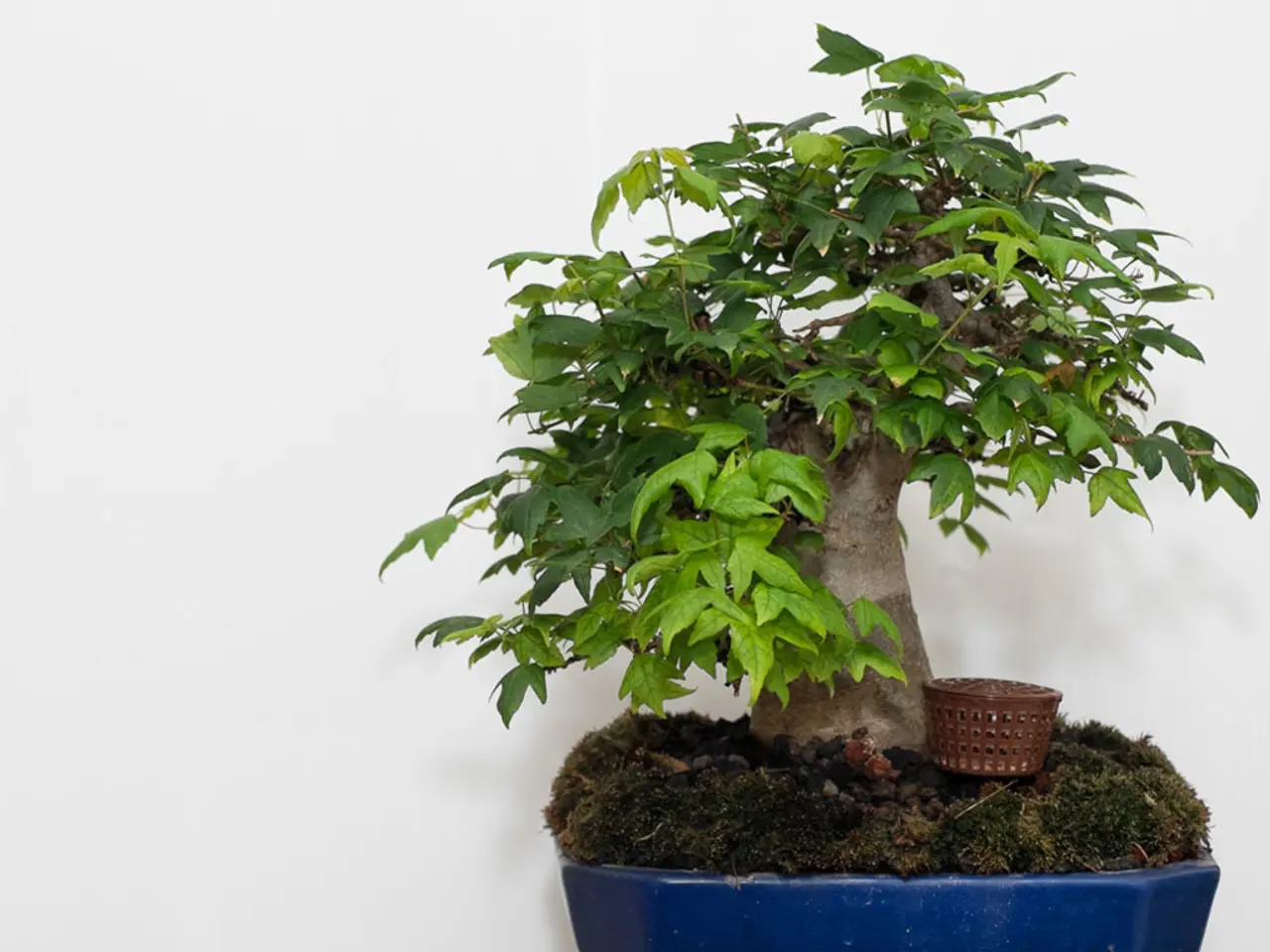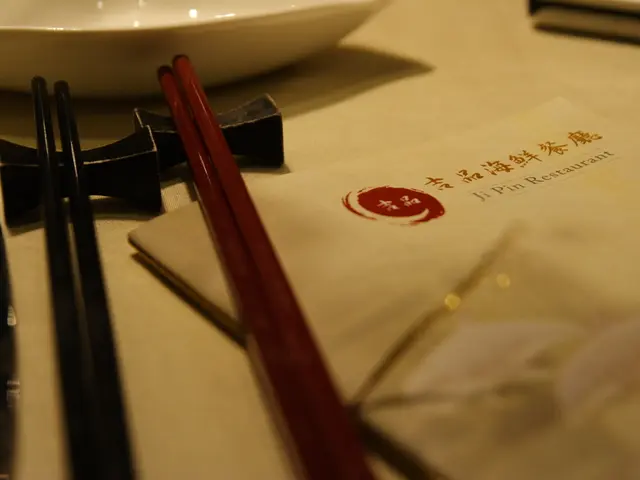Exploring Your Initial Bonsai Journey: A Comprehensive Beginner's Handbook
Bonsai, the ancient art of growing miniature trees, has captured the hearts of many. By harmonizing your lifestyle with this gentle art, you can cultivate a thriving miniature tree that reflects your own growth.
Selecting Your Bonsai
The initial selection of a bonsai tree is a pivotal moment. It's like planting a seed that will blossom into a lifelong passion. For beginners, it's best to start with species like Ficus microcarpa ‘Ginseng’, Juniper procumbens ‘Nana’, Portulacaria afra (Elephant Bush), or Zelkova serrata (Japanese zelkova). These species are well-suited for indoor conditions, respond positively to pruning, and are generally forgiving while you learn bonsai techniques.
When choosing a bonsai, select a size appropriate to your space and skill. Smaller bonsai require more frequent watering and attention, while slightly larger ones may be easier to maintain but occupy more room. Look for a tree with healthy green foliage, no signs of pests or wilting, and a strong, stable trunk. Avoid dry, brown leaves or overly soggy soil, which indicate poor health.
Basic Care
Provide your bonsai with 4–6 hours of indirect sunlight daily. Avoid harsh direct afternoon sun, especially in summer, to prevent leaf burn. Water regularly, but only when the topsoil is slightly dry. Overwatering can cause root rot, so it's essential to check soil moisture before watering.
Use a well-draining bonsai soil mix to keep roots healthy and prevent suffocation. Fertilize monthly during the growing season with diluted liquid compost, bonsai-specific fertilizer, or appropriate feed.
Maintenance Practices
Regular pruning and shaping are crucial to maintain your bonsai's structure and encourage healthy growth. Use sharp, clean bonsai scissors or tools for this task. Use bonsai wire carefully to gently guide branch shape over time, but avoid cutting into the bark.
Repot your bonsai every 1–2 years to trim roots, refresh soil, and prevent the tree from becoming root-bound. Keep humidity up by misting during dry conditions and rotating the tree periodically to ensure even sunlight exposure. Use natural pest prevention, like neem spray, to control mites and scale insects early.
Common Mistakes to Avoid
Avoid overwatering, which can cause root rot. Check soil moisture carefully before watering. Using the wrong soil mix can inhibit root health, so always use well-draining bonsai soil. Ignoring light needs can result in weak growth, so place your bonsai near a bright window with indirect light. Skipping repotting leads to root-bound trees and poor growth, so regular repotting every couple of years is important. Mixing species with very different care requirements can complicate care, so stick to the same or similar species when creating groups.
Winter Care
During winter, bonsai trees require special care due to reduced light, cold temperatures, and dry air.
A Reflection of the Cultivator's Soul
As the journey unfolds, the gentle dance between nature and human touch will reveal its beauty, and the chosen tree will become a reflection of the cultivator's soul. Occasional forgetfulness in watering can be detrimental to bonsai trees, which thrive on consistent moisture levels. Collecting wild trees for bonsai requires careful consideration of permits, environmental impact, and tree health.
In conclusion, by selecting beginner-friendly plants, ensuring proper light and watering, keeping soil healthy, and maintaining your bonsai with consistent pruning and repotting, you can develop a thriving miniature tree and avoid common pitfalls. Happy bonsai cultivation!
- To further embellish your bonsai companion and cultivate a harmonious living space, consider integrating bonsai into your home and garden decor. By incorporating fashion-and-beauty elements like ornate pots, complementary pebbles, and seasonal florals, your bonsai can transform into a genuinely captivating lifestyle statement.
- As you delve deeper into the world of bonsai, expanding your collection is an exciting prospect. To complement your existing trees, explore species from the realm of home-and-garden, such as miniature roses or topiary evergreens, achieving a seamless integration between your indoor and outdoor living space.




